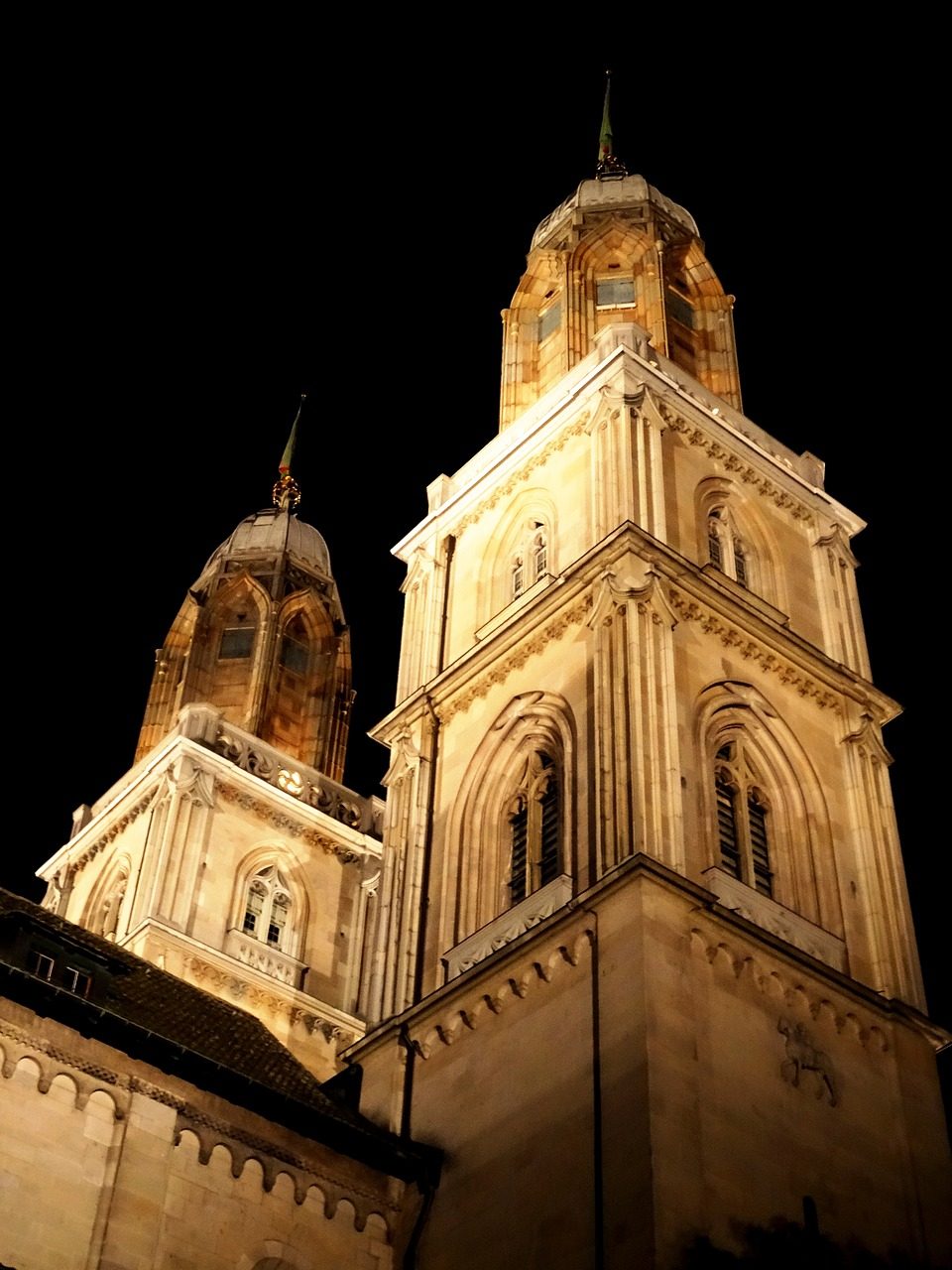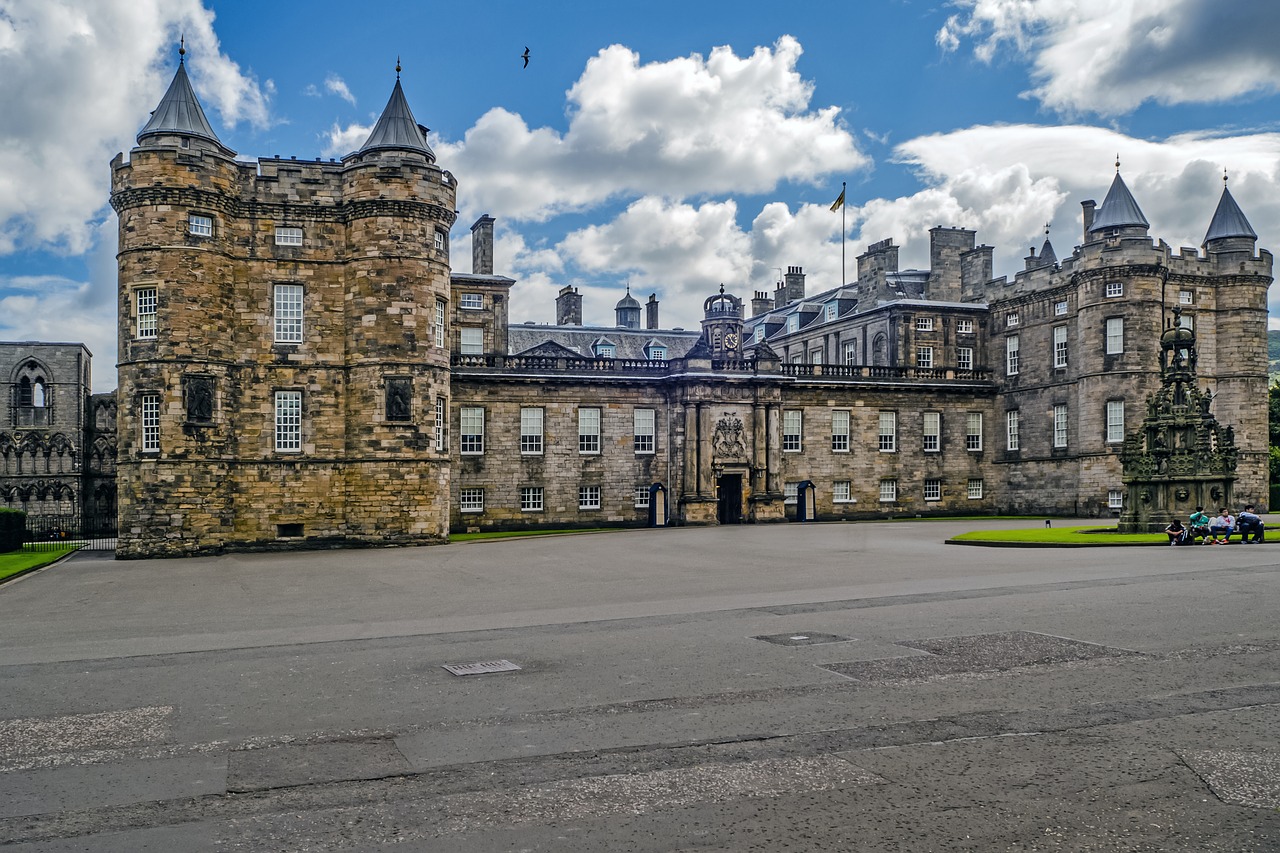Rathaus-Glockenspiel
Address
Marienplatz 8, 80331 München, Germany
GPS
48.137788, 11.575343667017
The Rathaus-Glockenspiel in Munich, an awe-inspiring marvel nestled within the grandeur of Munich’s historic town hall, is a testament to the city’s rich cultural heritage and architectural prowess. This elaborate mechanical clockwork masterpiece stands as a symbol of civic pride and serves as a captivating spectacle for both locals and tourists alike.

As the hour strikes, eager spectators gather in anticipation beneath the towering façade adorned with intricately crafted figurines that come alive in an enchanting display. The rhythmic chimes resound through the bustling square below, drawing attention to this magnificent creation. With meticulous precision, tiny figures dance across multiple levels while miniature knights joust on horseback under the watchful eyes of mythical creatures perched atop golden spires.
 Each movement is flawlessly executed by hidden mechanisms embedded deep within this engineering marvel. Amidst intricate carvings depicting historical scenes from Bavarian folklore and history, time seems suspended as visitors are transported into another era where artistry meets functionality seamlessly.
Each movement is flawlessly executed by hidden mechanisms embedded deep within this engineering marvel. Amidst intricate carvings depicting historical scenes from Bavarian folklore and history, time seems suspended as visitors are transported into another era where artistry meets functionality seamlessly.
The Rathaus-Glockenspiel stands not only as a remarkable piece of craftsmanship but also as a testament to Munich’s commitment to preserving its rich past while embracing progress confidently into its future.
The Rathaus-Glockenspiel in Munich is a tourist attraction clock built in the Neues Rathaus in central Marienplatz square.
The marriage of the 16th century Duke, who was most famous for building the first brewery in Munich, is celebrated every day on the Marienplatz mechanical clock. In the 260-foot (80 m) tower, 43 bells and 32 life-sized figures come to action every day, reenacting two scenes from the history of Munich.
The upper part of the clock tells the story of Bavarian Duke Wilhelm V’s fantastically expensive and sumptuous marriage in 1568, with mechanical jousters representing Bavaria in a blue triumph over the knights of Lothingren in red. Thousands of revelers attended the original party for two weeks, the highlight being the Royal Joust, which took place on the Marienplatz where the clock is now located.
The glockenspiel was built in 1908 as part of the second half of construction on the Gothic-revival style New Town Hall, a comparatively recent addition to the ancient town square. Surprisingly, during the heavy bombardment during WWII, the building escaped major damage, leaving other buildings nearby heavily damaged.
A small golden bird chirps out from the top of the glockenspiel at the end of the show. The entire show has a duration of about 15 minutes. It is one of the main attraction in Marienplatz and often attended by many tourists.





